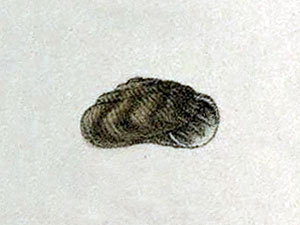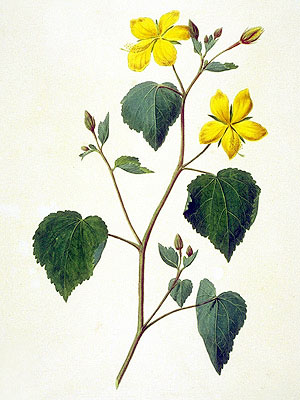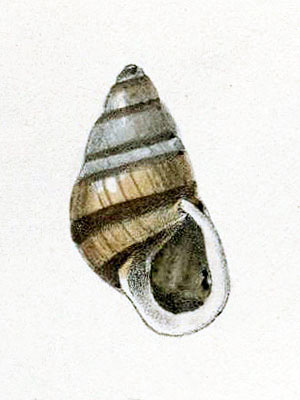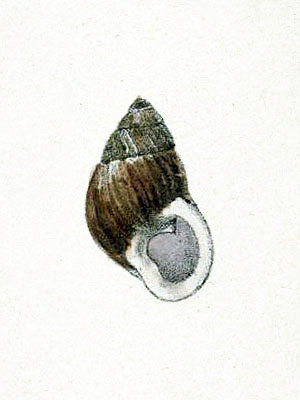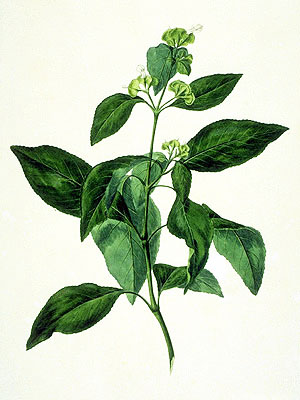Unknown Libera Snail (Libera incognata)
This species was described in 1976; it was restricted to the island of Tahiti in the Society Islands.
The shells reach sizes of 0.68 to 0.79 cm; they are yellowish white with numerous broad wine-red flammulations; the umbilicus is contracted and forms a brood chamber by a broad expansion of the entire last whorl. [1]
*********************
References:
[1] Alan Solem: Endodontoid land snails from Pacific Islands (Mollusca: Pulmonata: Sigmurethra). Part I, Family Endodontidae. Field Museum of Natural History Chicago, Illinois 1976
*********************
edited: 17.02.2024

